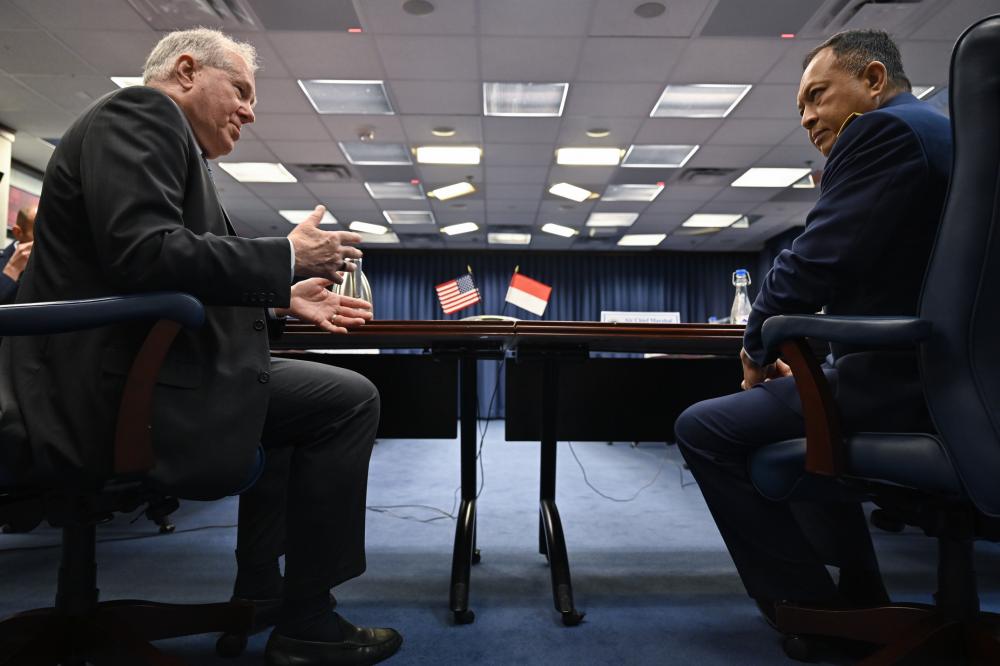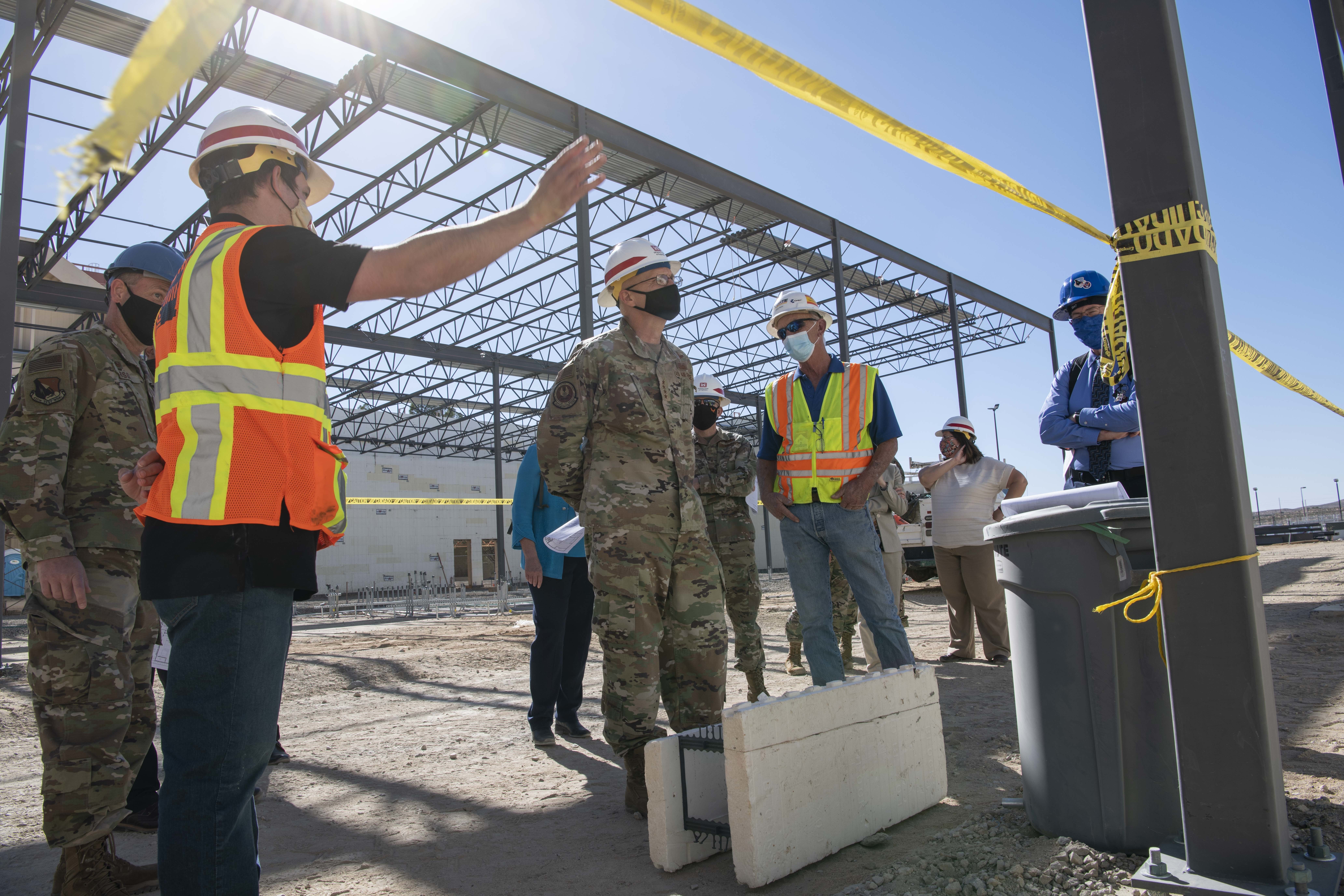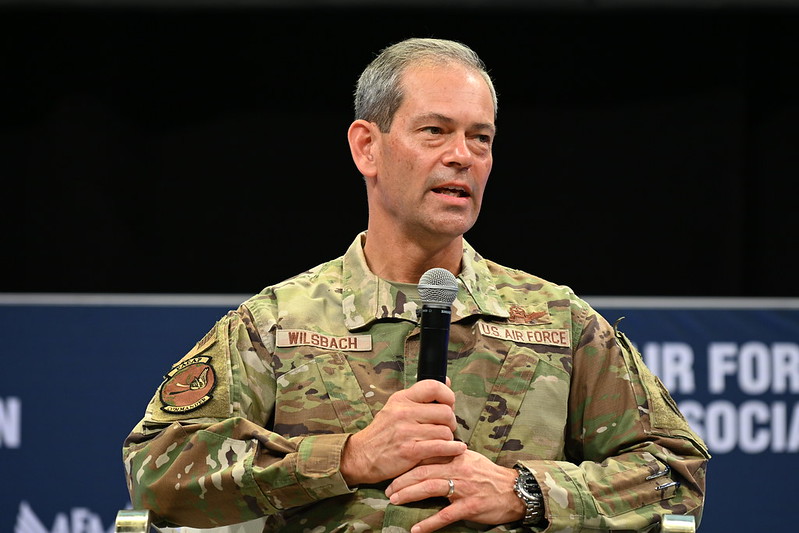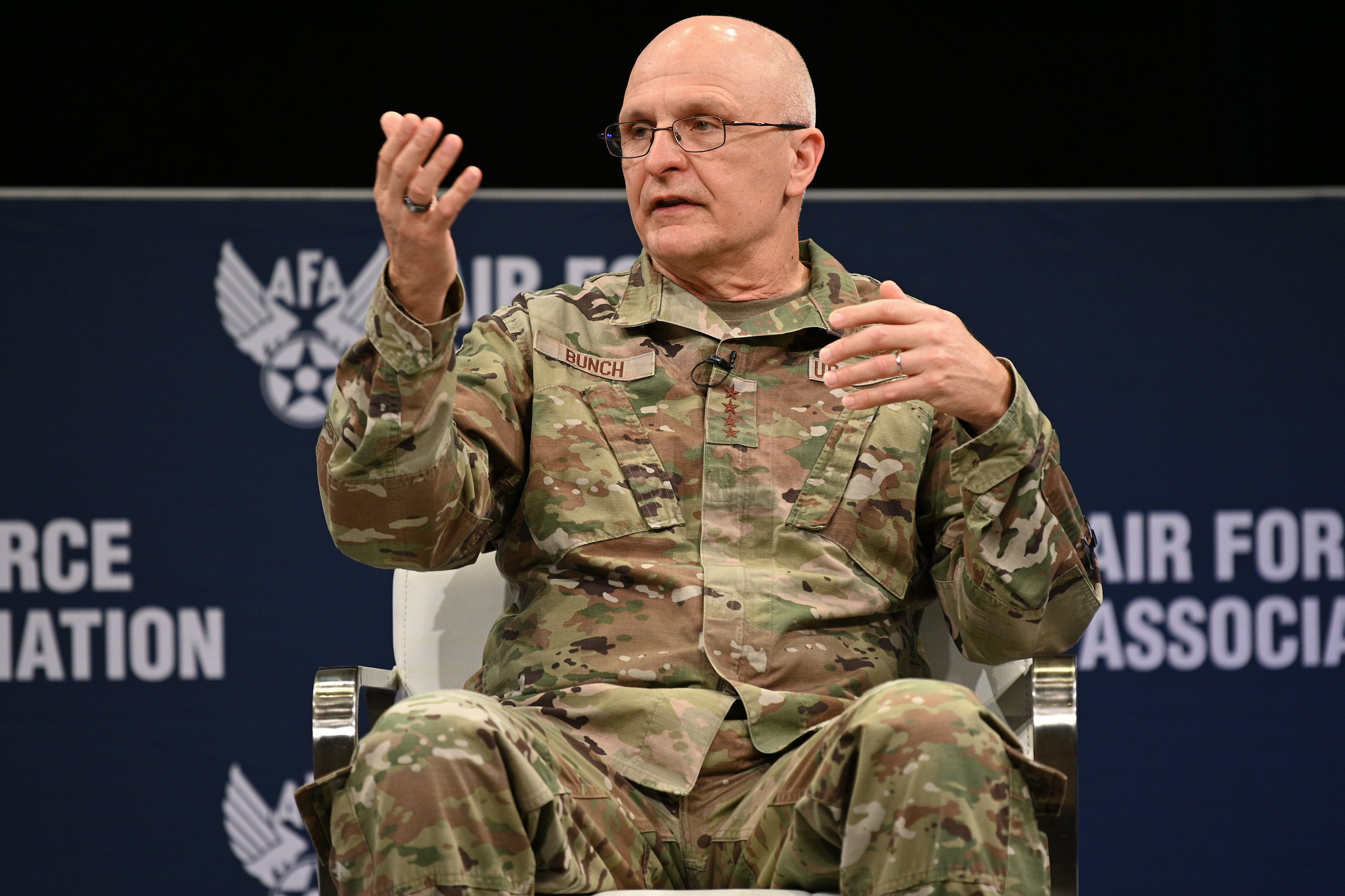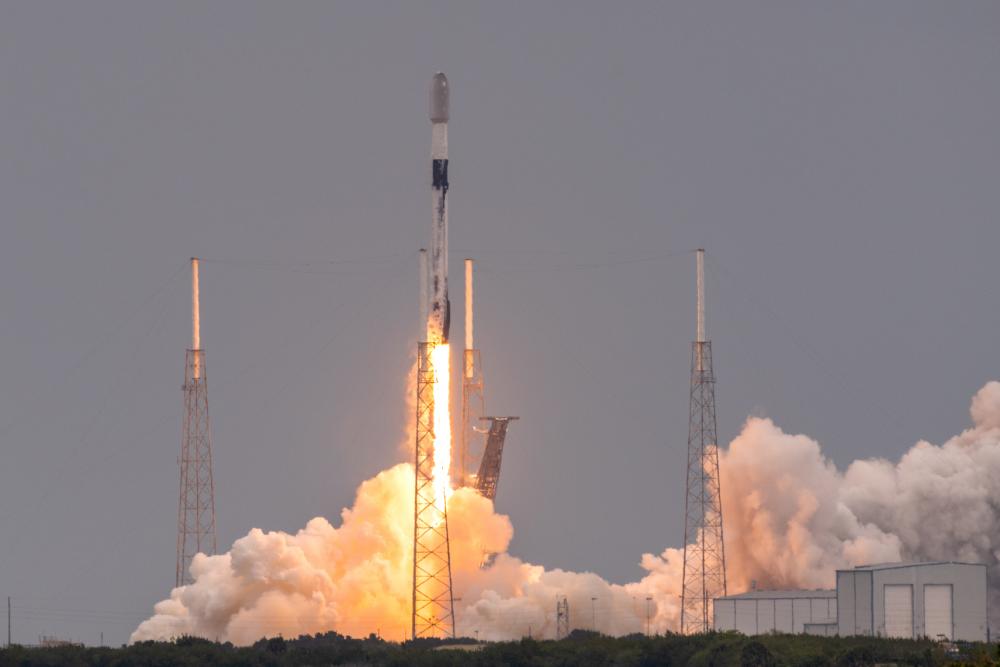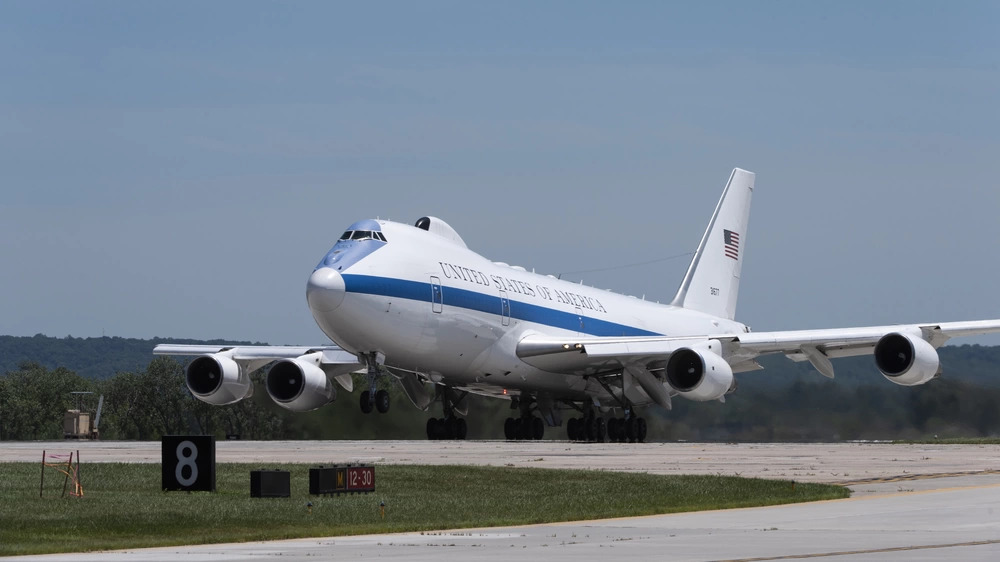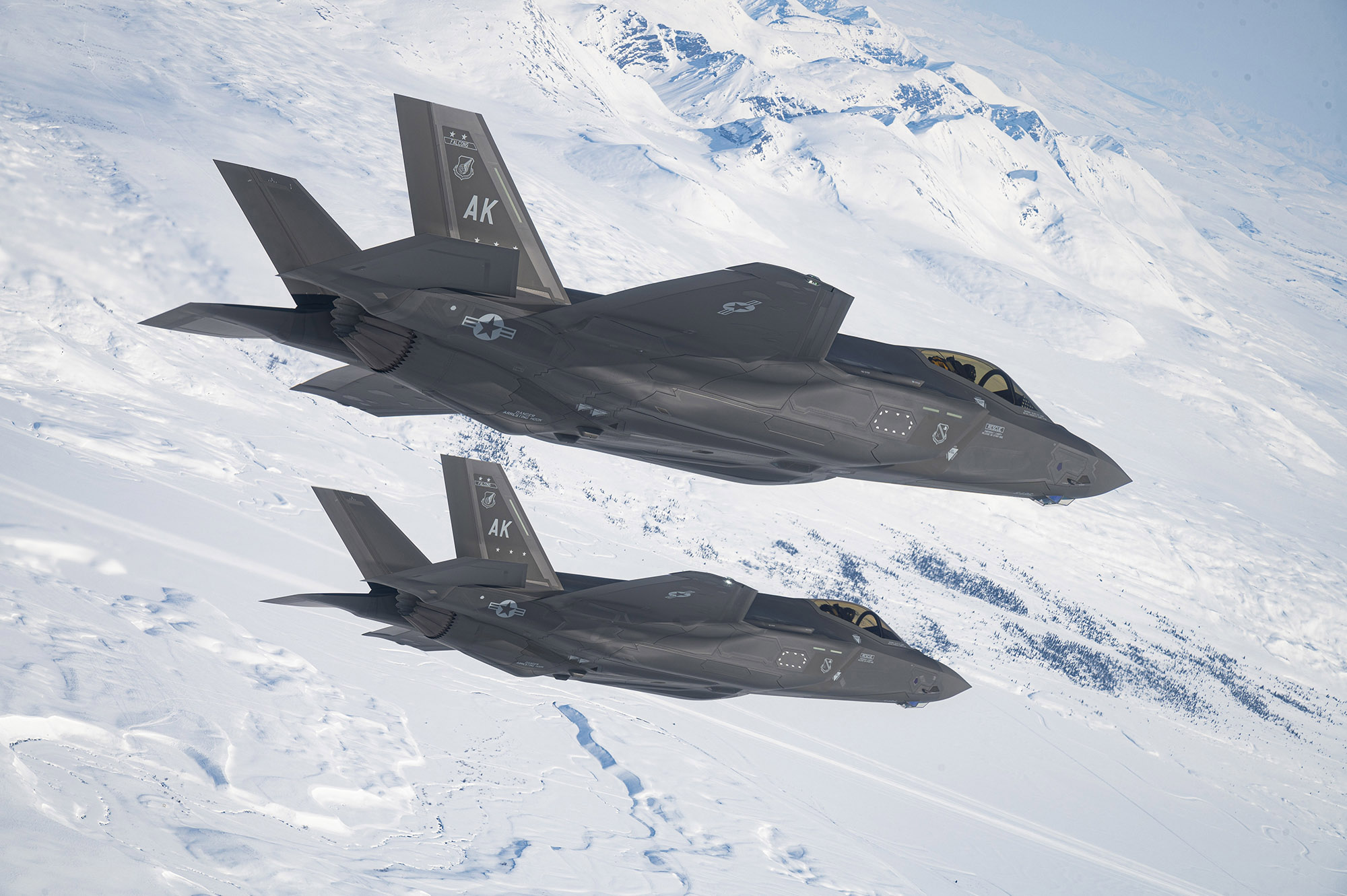Air Force Secretary Frank Kendall said he returned to government service because of “China, China, China,” but he admitted that the Air Force’s front line defenses in the Pacific have “a ways to go” in the areas of deception, defense, and practicing agile combat employment (ACE).
“When I look at the western Pacific, it’s a very different situation geographically, geopolitically,” he said June 1 during an event at the Heritage Foundation, comparing China to Russia’s threat in Europe, which is deterred in part by the NATO alliance.
America has vital Pacific allies, including Australia, Japan, and South Korea, but the Air Force must overcome logistical challenges for a more resilient Pacific presence and to deter China, Kendall explained.
“We have strong allies out there. That’s pretty important. But it’s a long way away,” Kendall added. “It’s a very difficult area in which to project power.”
The reasons for that difficulty are many, from lack of basing options to inadequate base defense, refueling challenges, and the thousands of miles of Pacific Ocean that aircraft would have to fly over should conflict with China arise.
Pacific Air Forces has nine wings operating out of nine bases located in Hawaii, Guam, Alaska, Japan, and South Korea. An analysis of fiscal 2023 budget requests reveals hundreds of millions of dollars of proposed investment in air bases, base defense, and partner and ally exercises and training in the Pacific theater.
Fighters operate at Eielson Air Force Base, Alaska; Kadena and Misawa Air Bases in Japan; and Kunsan and Osan Air Bases in South Korea. Cargo aircraft and airlift operate from Yokota Air Base, Japan, and Joint Base Elmendorf-Richardson (JBER), Alaska. Intelligence, surveillance, and reconnaissance (ISR) personnel operate from JBER and Kadena, with special operations at Kadena.
In all, PACAF maintains about 320 fighter and attack aircraft. About 100 more deployed aircraft rotate through Andersen Air Force Base, Guam.
To protect against threats posed by China, Russia, and North Korea, Kendall said he made base resilience one of his seven operational imperatives, the priorities he set out to address while in office.
“There’s a list of things that have to happen to make it totally reality,” Kendall said in response to a question from Air Force Magazine, describing how deception, base defense, and base hardening will require a series of steps.
“We need a degree of defense,” Kendall said … “Then you want to have a defense that isn’t going to be detected as well, and right now, we don’t really have that.
Kendall said he is working with the Army, which is responsible for ground-based air defense.
PACAF also needs logistics facilities to support the major command’s efforts in the theater. The Missile Defense Agency budget may help with investment on that priority.
On Guam, the Missile Defense Agency’s fiscal 2023 budget requests $539 million for design and development of land-based radar systems, weapons system components, and the start of a command and control center that would provide an integrated air picture.
The Pacific Deterrence Initiative (PDI) is the DOD budget initiative funding most of the improvements that would benefit joint operations in the theater.
In 2023, PDI calls for $6.1 billion to strengthen the U.S. military presence and operation in the Pacific theater.
Most of the proposed PDI money, $2.3 billion, would go to exercises and training, while $1.2 billion would improve infrastructure and resiliency, and $1.8 billion would modernize and strengthen the U.S. Pacific presence. Some $500 million would directly benefit the Air Force and PACAF, while the bulk of the money goes to the Navy and Army at $2 billion and $1.3 billion, respectively.
Investing in the Infrastructure for ACE
More than half of the PDI funds slated for the Air Force, $280 million, are directed at military construction, much of which would directly benefit ACE employment in a broader swath of the Pacific.
“The agile combat employment concept which the Air Force has adopted is a very sound concept,” Kendall said.
“It’s essentially the idea that you don’t just stay in one fixed base, you use multiple bases,” he explained. “You can think of it as a hub and spokes around, basically, so that the adversary doesn’t know where you are at any given point in time.”
MILCON funds would help build a hangar at Kadena Air Base, Japan, and design projects at Wake Island, a U.S. territory, and Timor Leste, an island nation situated between Australia and Indonesia. Three other projects slated for Tinian, a U.S. territory in the Mariana Islands north of Guam, would build out fuel tanks and an airfield. The Tinian projects add capacity for airfield operations including refueling, takeoff and landing, and parking where no capacity currently exists.
The investments will support the increased ACE exercises that Kendall said are possible in the near term.
Kendall explained that the ACE concept is linked to the idea of multi-capable Airmen advocated for by Air Force Chief of Staff Gen. Charles Q. Brown Jr.
“Part of it is that you can operate from another airfield with a reduced number of people, because you cross-train your people to multiple disciplines,” Kendall said. “We’ve used some of the alternative bases that could be available in the Pacific.”
Kendall said the Air Force has more options than have been publicly discussed and which are regularly used for exercises.
“We have other options besides the ones we talked about,” he said. “But when you do exercises, you need to go someplace that can accommodate you very well.”
The Secretary said confounding adversary targeting by operating from multiple bases will also require deception.
“We need a degree of deception so that the adversary doesn’t know where to target,” the Secretary said, mentioning “decoys” as one solution.
Kendall admitted that more work needs to be done to advance ACE capabilities in the Pacific.
“We haven’t done enough yet,” he said. “This is a fairly near-term win—we can do some things about that problem pretty quickly.”
The Air Force Secretary said he recently discussed the challenges and progress made with PACAF commander Gen. Kenneth S. Wilsbach.
“We agreed that we have made a good start and [we are] doing the right thing,” he said. “But we still have a ways to go.”
